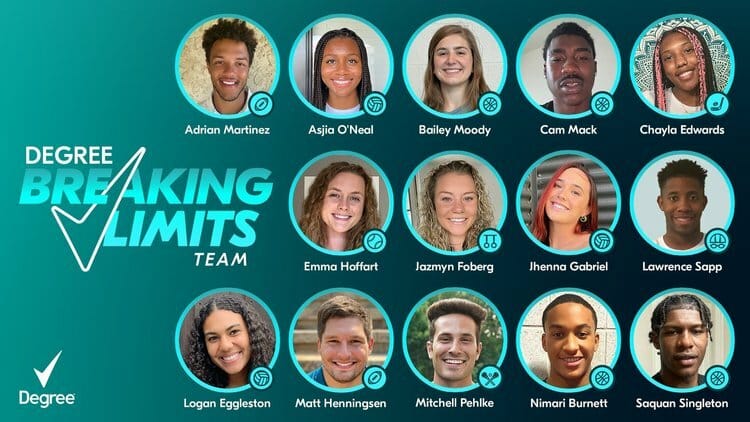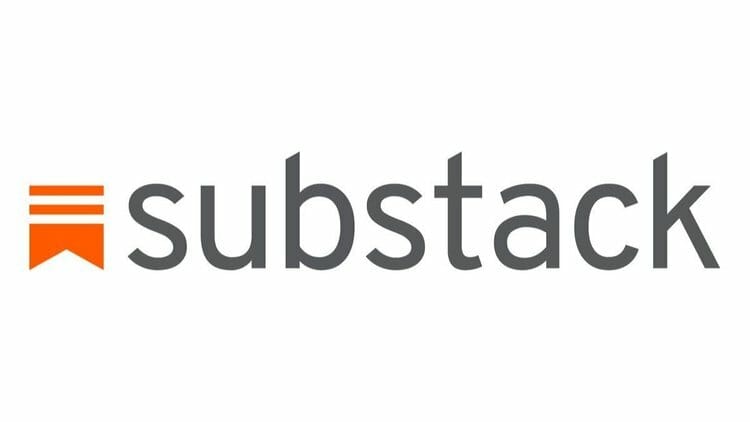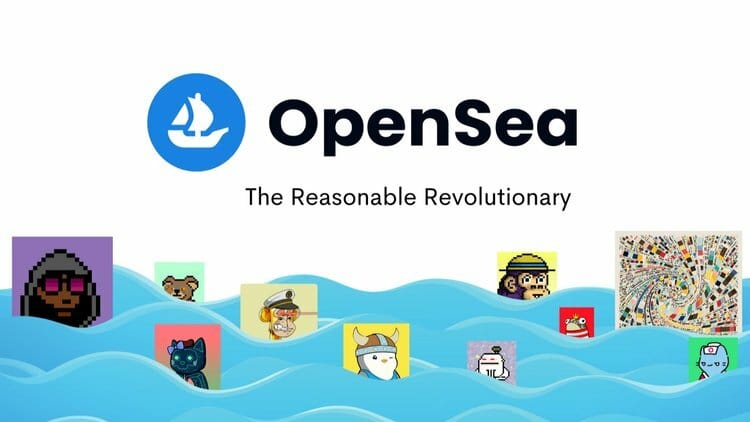Happy New Year! I hope your new year is off to a wonderful (and healthy) start. In today’s newsletter, I’m sharing some of my predictions for influencer marketing and the creator economy in 2022.
Today’s Edition:
Student-athletes play a bigger role in influencer marketing
Adoption of live shopping picks up with brands, creators, and consumers
Short-form video becomes the preferred format for consumption and creation
Creators invest in owned audience channels
Brands enter Web3 with help from creators
Student-Athletes Will Become a Bigger Part Of Influencer Programs

The name, image, and likeness (NIL) era is less than six months old, but a lot has happened since the NCAA passed the policy in July that allows student-athletes to monetize.
Global brands and local mom-and-pop shops are partnering with student-athletes on everything from traditional branded content deals to co-created product lines to fundraising initiatives. Nike, Gatorade, Dr. Pepper, Arby's, Degree, Boost Mobile, GoPuff, Foot Locker, Church's Chicken, and PetSmart were just a few of the companies to participate last year.
In spite of an abundance of activity, 2021 was an exploratory phase as college institutions, marketers, and student-athletes themselves attempted to navigate NIL. Now, with six months of concrete use cases of brand-student athlete collaborations, clearer rules of engagement, a better understanding of the nuances that come with student-athletes, and dedicated NIL-focused companies emerging, there is a stronger infrastructure for NIL, which will help unveil its true potential throughout 2022.
Student-athletes will be a bigger part of brands' influencer programs and for some brands, they will become preferred collaborators over traditional social media influencers. With loyal and highly-engaged audiences, student-athletes will provide brands with benefits similar to micro-influencers, the ability to get in front of niche audiences at both the national and local levels.
Brands won’t be limited to partnerships with household names or student-athletes in popular sports like football and basketball. Brands will continue to recognize the value in collaborating with student-athletes of all levels and across sports, especially brands where diversity, equality, and inclusion are top priorities.
As in 2021, social posts promoting products or services will be a heavy portion of student-athlete activations, but brands will also increasingly engage athletes for licensing agreements, exclusive production lines, appearances, and more innovative, long-term partnerships like the WWE's Next In Line Program.
Live Shopping Adoption Increases

Although live shopping is estimated to be a $300 billion market in China, it has yet to take off in the U.S. However, this is slowly changing as social media platforms and tech upstarts invest in live shopping technology and experiences.
Instagram, Facebook, TikTok, YouTube, Pinterest, Amazon, NTWRK, Whatnot, and Talkshop Live are some of the major players in what is increasingly becoming a crowded space while brands like Walmart, Target, Samsung, Petco, American Eagle, Ulta Beauty, and Sephora are early adopters.
Whether it’s incumbents that support live shopping or live commerce dedicated start-ups, these companies are currently putting creators at the forefront of their live shopping experiences and will continue to do so.
Due to consumers' preference for hearing from trustworthy and authentic individuals rather than corporations (especially when it comes to product recommendations), creators will continue to be leveraged to drive viewership for live streams, to demonstrate products, and to keep viewers engaged.
Continued advancements in technology such as AR, in-app checkout, and chat enable frictionless live shopping experiences and replicate the in-store shopping experience. An increasing pool of creators who are experienced in connecting with audiences through real-time video paired with a bigger focus on ROI by brands will encourage brands to bring live shopping into their influencer programs, especially for key moments like the holiday season.
Widespread adoption of live shopping in the U.S. will take several years, but this year will mark significant improvements in adoption by brands, creators, and consumers.
Unfortunately, we won’t end up with a clear winner for the go-to platforms for live shopping. The platforms and apps that brands, creators, and consumers use will remain fragmented as all parties test and learn.
Short-Form Video Continues To Dominate

TikTok continues to lead the charge in short-form video, but this past year, the space got crowded. Instagram and Snapchat continued to expand their short-form video offerings while Facebook, YouTube, Pinterest, Reddit, and Twitter launched or started to test short-form video support of their own. In addition, streaming services like Netflix and Spotify added short-form video capabilities themselves.
As TikTok has shown, short-form video is an effective means of generating awareness, increasing engagement, driving trends, and fueling e-commerce. Marketers see increased ROI, creators benefit from greater reach, and consumers are entertained by snackable content with short-form content, which will make become the preferred format for consumption, sharing, and creation.
The popularity of TikTok and its sway over culture will force rivals to continue to explore and to offer ways for users to create, share, and discover short-form content, with the hope of creating some of TikTok's magic.
Continued expansion of tools and features for short-form video creation will further the barrier to entry, ushering in new video first creators, giving marketers bigger creator pools.
Influencer marketing campaigns in 2022 will rely more on engaging, dynamic short-form video than photos. TikTok will be the clear favorite, followed by Instagram Reels. Occasionally, brands will also experiment with sponsored content on YouTube Shorts and Pinterest Idea Pins.
TikTok's partnership with Atmosphere to broadcast its content on TVs in commercial venues such as Westin, Taco Bell, Texas Roadhouse, gyms, and offices is a sign that short-form video content will enter our lives in more ways than social feeds.
It won't be shocking if Instagram or Snapchat follow suit with partnerships and initiatives that make their content more accessible outside of their app.
Creators Invest In Owned Audience Channels

The existence of social media platforms allows creators to reach large audiences; however, they often “rent” rather than “own” these audiences.
Social media platforms own the data, can change their algorithms, have the ability to take down any content, and, as was seen this past fall with Meta, experience outages.
This leaves creators at their mercy. Their livelihood can be affected if they are not able to reach their fans when they need to, which can impact monetization opportunities such as branded content deals, affiliate commissions, or selling their own products or services.
As a result of the potential negative impact of social media platforms, creators are interested in having greater control over their content and audience without being affected by algorithms or cluttered feeds, resulting in creators incorporating channels like blogs, podcasts, newsletters, and SMS into their content strategies.
These channels enable creators to have a deeper connection with their fans while layering in monetization opportunities such as subscriptions, tipping, online courses, and more.
Platforms like Anchor, Substack, Revue, ConvertKit, Community, Subtext, and more make it easy for creators to get up and running fast on these channels and use turnkey solutions for monetization. Because of that, a greater amount of creators will leverage these types of channels.
Like social media platforms, brands will go where creators go. More investments by creators on these channels will convince brands to experiment with sponsored activations.
Sponsored blog content and podcasts are already commonplace, but brands will test out sponsored content via newsletters and text messages as a way to cut through the noise and reach niche audiences.
Creators Help Brands Enter Web3

In the last three months of 2021, there was much discussion about Web3, specifically the metaverse and non-fungible tokens (NFTs).
From Facebook's transformation into Meta, to Nike's acquisition of RTKFT, to multiple brands joining Roblox, to NFT Marketplace OpenSea's 13.3 billion valuation, Web 3 is here to stay for the long term rather than only being a fad.
Web3 remains a hard concept for some to grasp, but AR, virtual reality, gaming, NFTs, and cryptocurrency are helping to capture the attention of consumers and increase penetration. This is causing brands to consider and explore how they will show up in the space.
Co-created NFT collections, engaging creators to design digital collectibles for gaming platforms like Roblox, activating virtual influencers like Lil Miquela and Shudu, and even sponsoring NFTs have been some of the notable ways that early-adopting brands have participated.
NFTs, in particular, will play a strong role as they will provide more monetization opportunities for brands and creators by attaching premium experiences, perks, utility, and access for holders.
All of this and more will happen this year, thanks to creators, who will help brands enter the evolving space. Creators will be the centerpiece for enabling brands to enter in an authentic manner that is embraced by relevant communities.
Overall, Web3 will unleash a new level of creativity that has never been seen before. Current and future technology will help brands and creators deliver new and engaging “always-on” experiences that allow them to connect and interact with consumers in ways and unlock new revenue streams.
What I’m Reading
User-generated content represents 39% of time spent with media (Variety)
Creators turn to public shaming to seek compensation from brands they say don't credit them (NBC News)
Web3 is the future of the creator economy (Entrepreneur)
Twitch streamers demand changes & bigger cut of subs as YouTube rivalry heats up (Dexerto)
Why DTC Twitter pivoted to Web3 (Modern Retail)
